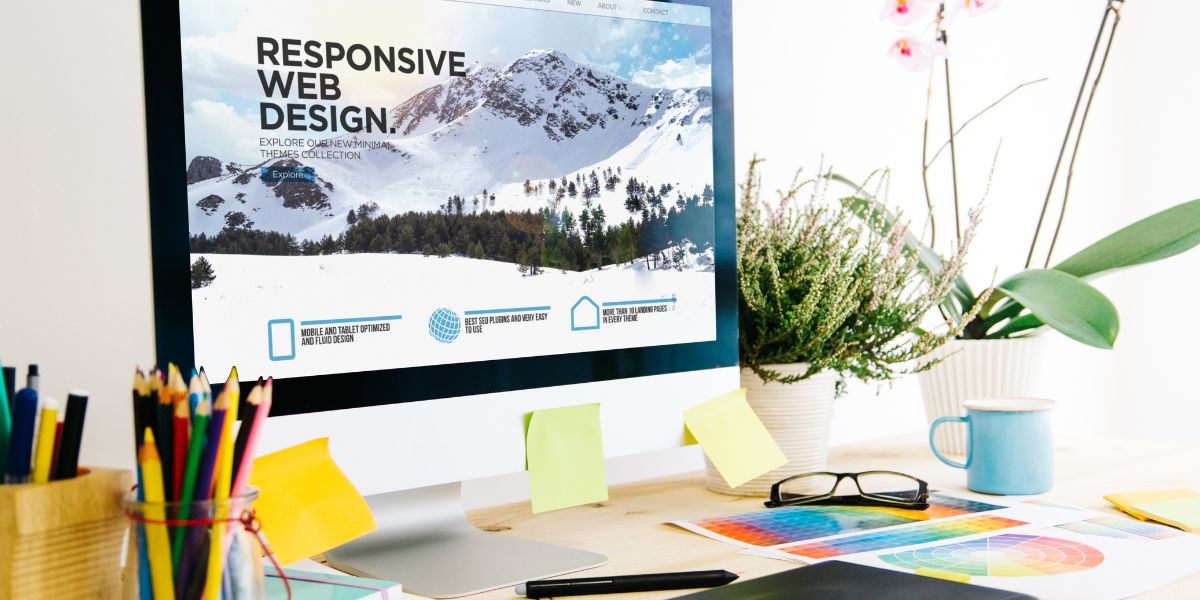A web design portfolio is a crucial aspect of a web designer’s career. It showcases their skills, design style, and previous work to potential clients. A well-designed portfolio can help a web designer stand out from the competition and attract new clients. It acts as a portfolio for a designer’s work, demonstrating their ability to create high-quality, user-friendly sites.
Why It’s Important to have a Web Design Portfolio
Having a portfolio also helps to build credibility and establish trust with potential clients, making them more likely to choose you over your competitors.
This article will cover several strategies for building a web design portfolio without clients. Topics include creating sample projects, participating in design challenges, utilizing social media, collaborating with freelancers and entrepreneurs, and building personal projects. Each strategy will be discussed in depth, providing a step-by-step guide on how to implement them effectively. Create Sample Fictional Projects
Create Sample Fictional Projects
One way to build a portfolio without clients is to create sample projects. These projects can be fictional businesses or organizations, allowing you to showcase your design skills and style. When creating these projects, be sure to focus on the user experience and design elements, such as color, typography, and imagery.
Consider creating a few different projects to showcase your range and versatility as a designer. This approach allows you to have complete creative control over the design and allows you to showcase your skills and imagination to potential clients.
For inspiration, you can look at sites like awwwards.com or themeforest.net. Your creative mind is sure to generate some ideas from these sites.
Redesign Some Existing Websites
Another option for building a portfolio is to redesign existing websites. Choose websites that have a poor design, outdated user experience, or could use some improvement. Use this opportunity to demonstrate your design skills, problem-solving abilities, and ability to create a user-friendly website.
When redesigning existing websites, be sure to prioritize user experience and accessibility. This will show potential clients your design skills and ability to create a website that is both visually appealing and functional. After your design is complete, you can pitch it to the existing site owners. Apart from adding to your project list you may even end up earning a few dollars from the new site sale.

Why It’s Important to Showcase Your Style
When creating sample projects or redesigning existing websites, it’s important to showcase your skills and design style. This will help potential clients understand your strengths and what you bring to the table as a web designer.
By highlighting specific design elements and showcasing your design process, you can demonstrate your expertise and experience in the field. When presenting your portfolio pieces, be sure to include screenshots and detailed explanations of your design choices and why you made them. This will help potential clients understand the level of thought and care you put into your designs and why you would be a great fit for their project.
Explore and Try Design Challenges
Participating in design challenges is another way to build a portfolio without clients. These challenges are usually hosted by design communities or websites and provide an opportunity for designers to showcase their skills and compete against other designers. Participating in these challenges can help you build your portfolio by adding new pieces to it, as well as giving you the opportunity to network with other designers and gain exposure.

The Advantages of Participating in Design Challenges
Participating in design challenges offers several advantages. First, it allows you to showcase your design skills and receive feedback from other designers and potential clients. Second, it provides an opportunity to network and make connections with other designers and potential clients. Third, it helps you stay current with design trends and techniques, improving your skills and portfolio over time.
Tips for Participating in Design Challenges
When participating in design challenges, it’s important to take the time to carefully consider your design choices and put your best foot forward. Here are some tips to keep in mind:
- Take the challenge seriously and put in the effort required to create a high-quality design.
- Consider the target audience and design a solution that addresses their needs.
- Make use of design principles, such as color, typography, and imagery, to create a visually appealing design.
- Showcase your design process and explain the reasoning behind your design choices.
- Seek feedback from other designers and take it into account when refining your design.
Use Social Media to Your Advantage
Social media is a powerful tool for getting established online. Platforms like Instagram, Twitter, and Behance allow you to showcase your portfolio and reach a wide audience of potential clients.
By leveraging social media, you can showcase your design talent, connect with other like-minded web-designers and attract potential clients.

Tips for Utilizing Social Media Effectively
To get the most out of social media as a web designer, it’s important to follow some best practices. Here are some tips to keep in mind:
- Choose the right platform(s) for your audience and style.
- Consistently share your portfolio pieces and design process.
- Engage with others in the design community and seek feedback on your work
- Use hashtags and keywords to make it easier for potential clients to find you.
- Create a professional profile and keep it updated regularly.
These tips can help you to get in front of the right people.
Network with Others
Networking is an important aspect of building a portfolio without clients. In fact, that’s the strategy used by atlanta web design. By connecting with other developers, you can gain exposure, make connections, and potentially secure new clientele.
Networking is also a great way to stay up-to-date with the latest design trends and techniques, and provide an opportunity to receive feedback on your work.
The Best Ways to Network
There are several effective ways to network as a web designer. Attending design events, such as conferences and workshops, is a great way to form meaningful connections.
You may also want to participate in online communities, such as forums and social media groups, which is another effective way to network and connect with others in the design world.
Additionally, reaching out to potential customers directly through email or social media can be a great way to start a conversation.
Work with Other Designers in the Field
Collaborating with other designers can be a great way to build your web project list. By working on projects together, you can gain experience, build relationships, and show-off what you have to offer. Collaboration can also help you learn from other designers and improve your own work.
But How Do You Find These Opportunities?
There are several effective ways to collaborate as a web designer. Attending design events, such as conferences and workshops, can be a great way to find potential partnerships.
Consider joining social media groups, local meetups and even college clubs. Additionally, reaching out to other designers directly and proposing a collaboration can be a great way to get started.
To get the most out of your collaboration, it’s important to follow some best practices.
Here are some tips to keep in mind:
- Be clear on your roles and responsibilities.
- Communicate regularly and openly.
- Seek feedback and input from your collaborator.
- Be flexible and willing to compromise.
- Share the credit for the work equally.
Let’s Summarize
Building a web design portfolio with no clients can be challenging, but with these strategies, you can still create a strong and impressive portfolio. By showcasing your skills, connecting with potential clients, and building a strong online presence, you can attract new clients and grow your business.


